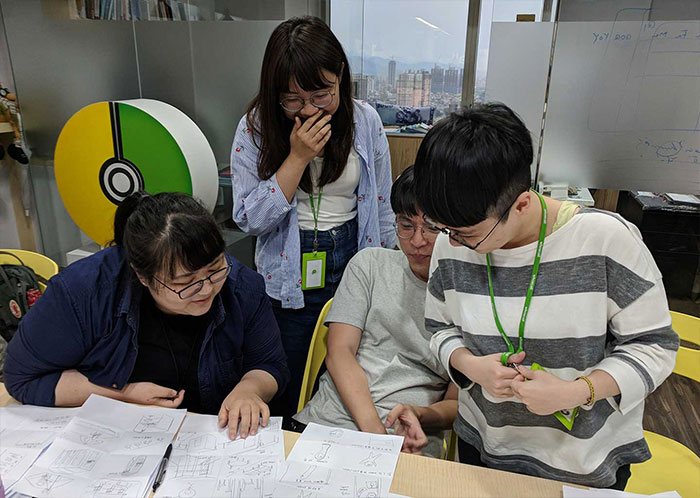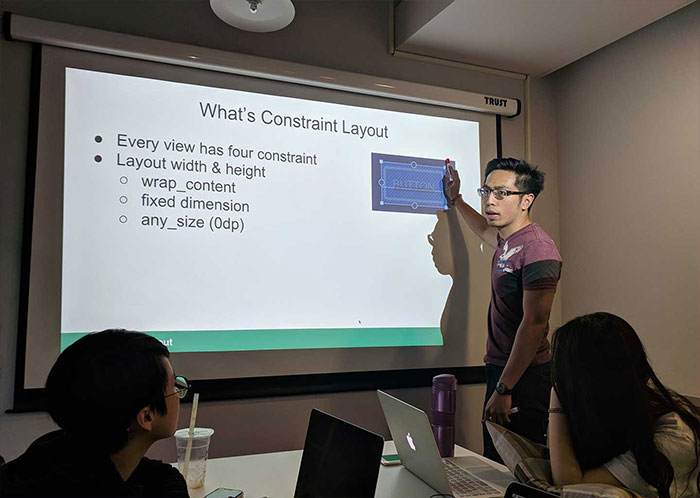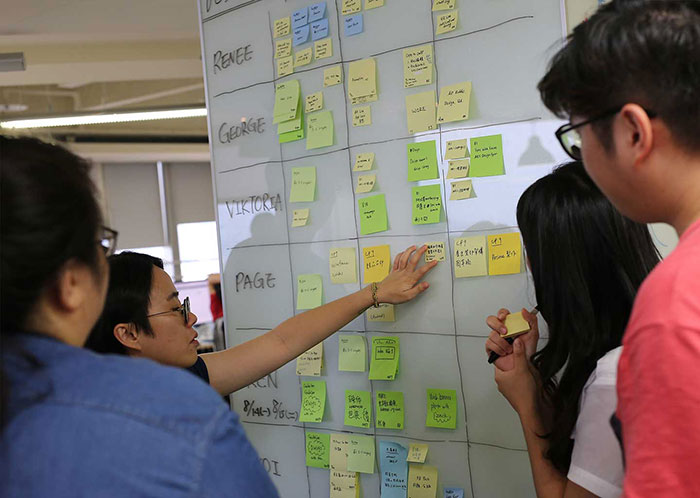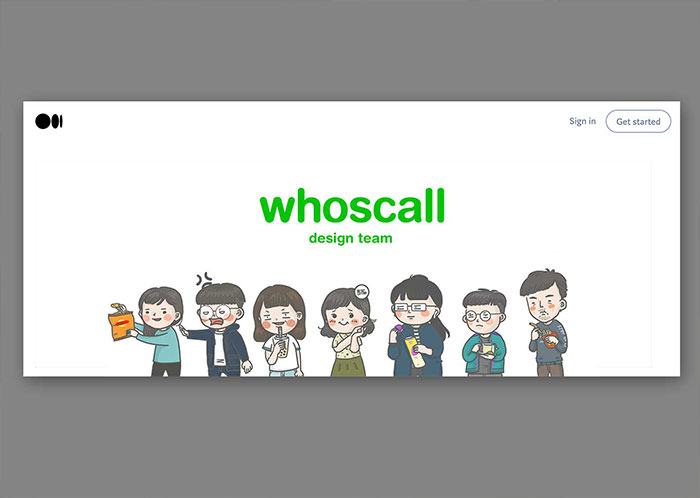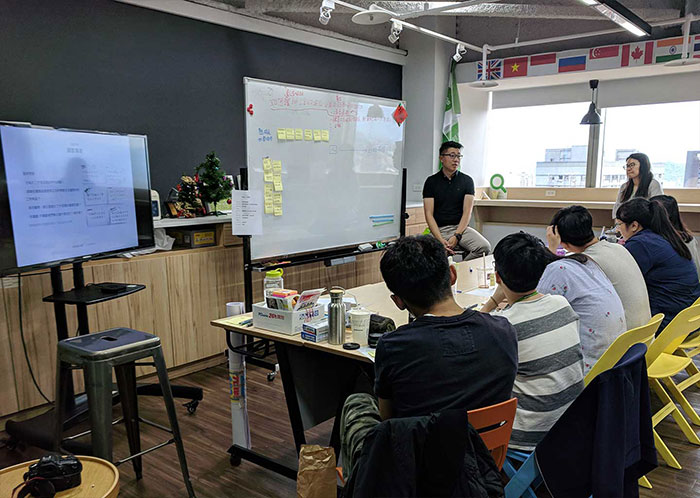/ Management
Solidifying a design team in an agile working environment
At Gogolook, I was fortunate enough to have the opportunity to expand a team of three designers to a maximum of seven designers and one researcher. We faced many challenges in establishing standard operating procedures, but it also gave us the freedom and flexibility to start from scratch.
I am conscious of…
Design Culture
From recruitment to planning departmental activities, I tried to build an open, collaborative, and adaptable design culture in respond to the company’s agile values. In weekly meetings, designers had sufficient time to receive feedback and suggestions from other design team members in the early stages of a project. I encouraged members to raise difficulties and problems, and helped them find the necessary resources.
Learning and Sharing
We assigned a designer each week to share knowledge on design-related topics, giving our team members an opportunity to learn and grow together, aside from their busy workloads. We also invited people from other departments to share knowledge that could benefit our design process. Over the course of two years, we covered a variety of topics, such as designing for motion graphics, conversational design for chatbots, setting data-driven metrics by PMs, practical statistics by data scientists, and more.
Regular Synchronization
In Gogolook design, I encouraged team members to rapidly sync up with their scrum teams as well as within the design team. I used a Kanban board to conduct a 10-minute design stand-up meeting every morning, visualizing and making transparent everyone’s task progress, and identifying bottlenecks anyone might be facing in real-time.
Visible in the Industry
By involving the publication of articles on Medium or participation in industry events as the team member’s personal OKR, I tried to make the Gogolook design team visible in the industry. This not only helped with designers’ personal career development but also assisted in recruiting talented people.
Design Day
When we had a backlog of activities that were important for the department’s long-term development but could not be established as short-term indicators, I proposed a monthly “design day” within the company. On this day, designers were exempted from handling scrum team requirements and instead focused on activities such as consolidating UX UI guidelines, learning new design methods together, etc. Later, other departments adopted this approach and elevated the “functional day” to a company-wide activity.


